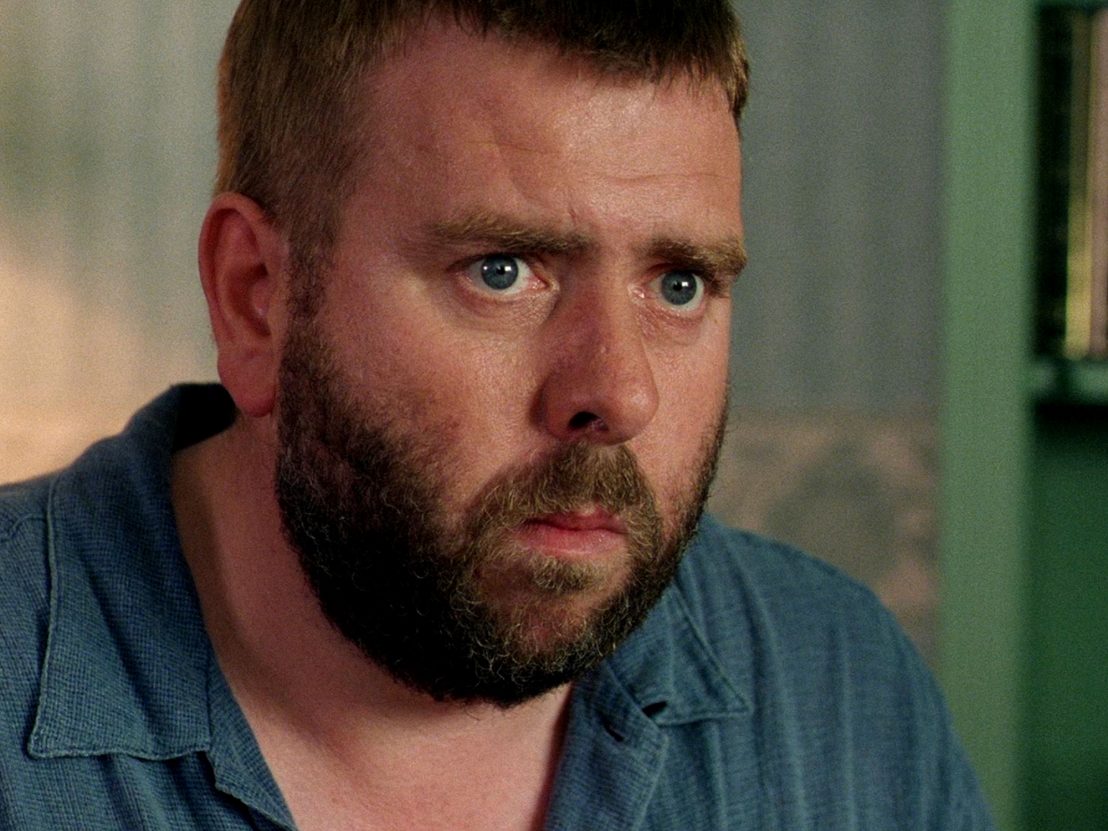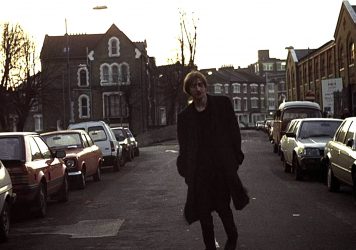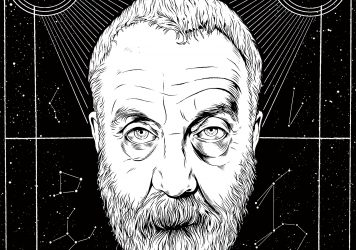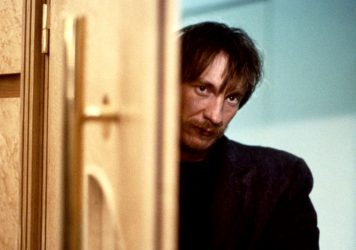
Twenty-five years have come and gone since Brenda Blethyn’s blubbering matriarch Cynthia and the rest of the Purley family formed the basis of one of Mike Leigh’s best films, 1996’s Secrets & Lies. Plenty has been written about Leigh’s approach to filmmaking – a heavy reliance on rehearsal and developing his scripts with his cast prior to filming – but there’s more to Leigh’s work than this method. His skills lie not just with dialogue, characterisation and his understanding of actors. Aside from the famous two-shot café scene, attention has rarely paid to how the director’s choice of framing accentuates the core themes of Secrets & Lies.
This is a film about connection and identity; the need to know who and what we are; our desire to fit in and how we present ourselves to others in order to do so. None of the Purleys possess the ability to connect with one another: they argue constantly and keep secrets from each other. To illustrate the discomfort this is causing them, Leigh spends much of the film’s first half confining them to uncomfortable tight spaces and shots, positioning them partly concealed behind things, within cramped stairways and corridors.
Even the affluent Monica and Maurice in their giant suburban home feel locked in, somehow rattling around the tightness of these shots, flanked by the walls of their homes; Leigh often switches from a static to handheld camera to crank up the tension. In the sequence of phone calls where Cynthia is contacted by Hortense – the biggest truth she’ll face in the entire film – she actively hides from the camera, turning her back on us. Leigh films her from behind, hunched over, unable to face both the audience and the one secret that’s too big for her to handle. As the truth reveals itself, she practically tries to flee the frame.
As the film progresses and the characters come closer to facing these hidden truths, the closer the camera gets. When Timothy Spall’s Maurice visits Cynthia after a long hiatus, it’s no surprise that the scene begins with Maurice tucked behind an outhouse door, with only his eyes visible. As he begins to unveil more of his life to Cynthia, we see more of him. Then later, as Cynthia melts down and flings her arms around him (“Hold me tight, Maurice, please!”), Leigh goes in for the closest zoom-in on Spall in the entire film. He’s moments away from revealing his infertility to Cynthia, but just at that moment the camera pulls back again as he changes his mind, pushing both Cynthia and the audience away. The truth is rejected. This only adds to our frustrations at the characters’ inability to connect.
It’s easy to draw assumptions about what Leigh was trying to say about British culture and society in the ’90s. Even if Secrets & Lies is not exactly a pointed critique of post-Thatcher Britain, the politics of the era still seeps into the film. Above all, however, Secrets & Lies is a call to stop concealing the truth from each other, particularly our loved ones. (Maurice’s job as a photographer further highlights this – his clients, shown from Maurice’s camera’s point of view in one memorable scene, all try to present the best possible version of their lives.)
It’s a relief that after rattling around these tight spaces for much of the film’s runtime, its final shot is a wide, almost bird’s-eye view of Cynthia, Hortense and Roxanne in the garden, on the back of Hortense’s line, “Best to tell the truth, I reckon. That way, nobody gets hurt.” The truth is out – peace at last – so Leigh goes wide. Rows of other London houses are visible at the edges of the screen, housing hundreds of other families harbouring secrets it would do them a great deal of good to share.
Published 30 Oct 2021

By Adam Scovell
Despite the widespread gentrification of east London, this quiet street appears much as it did in 1993.

LWLies sits for the British cinema icon who doesn’t mince his words to talk Mr Turner.

The British actor casts a gaunt, morbid, uncompromisingly human figure in Mike Leigh’s nocturnal London odyssey.